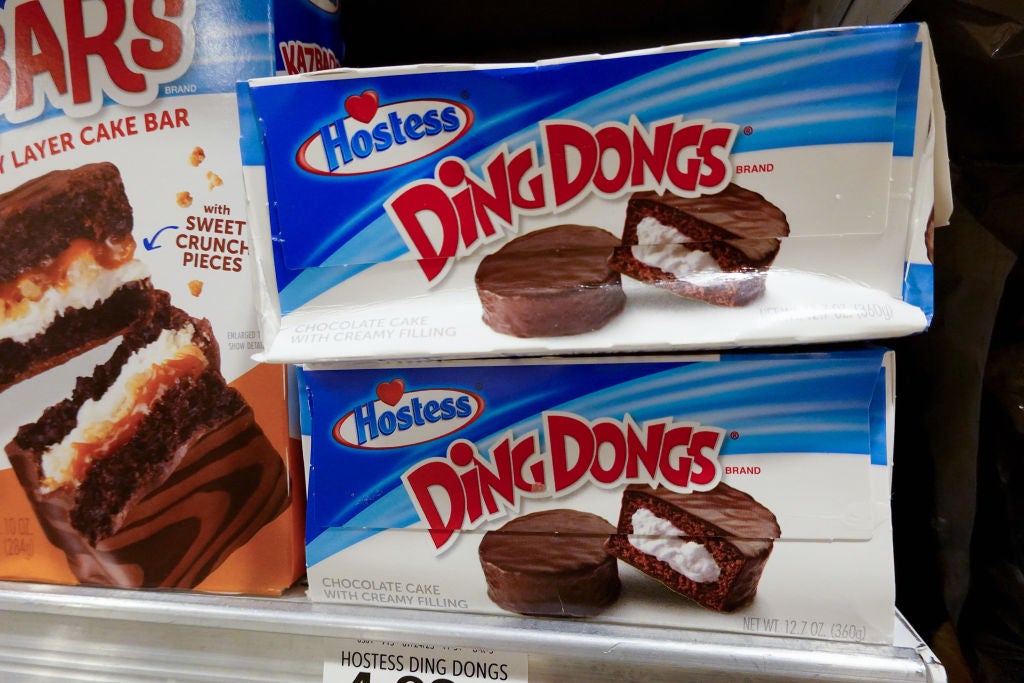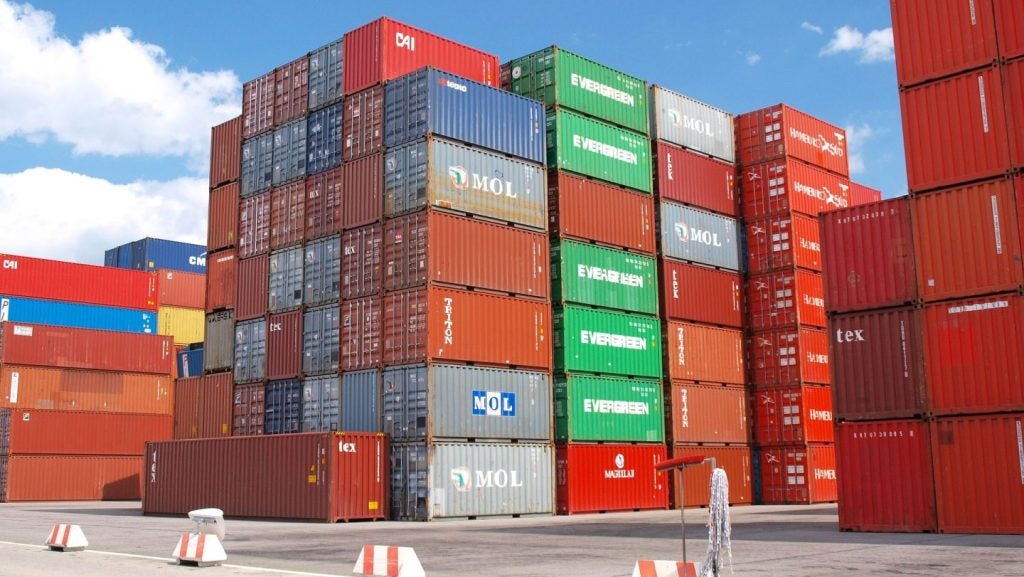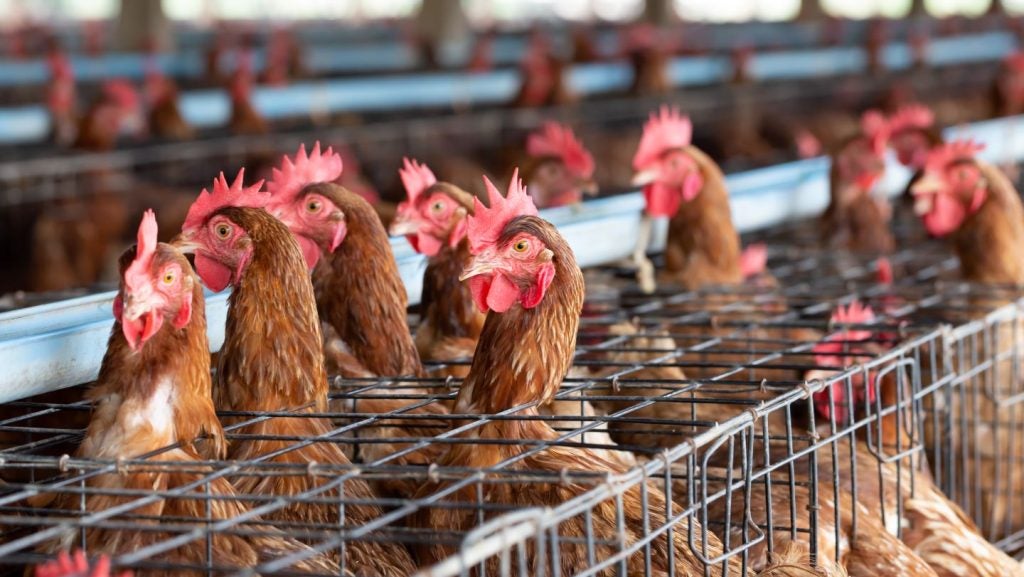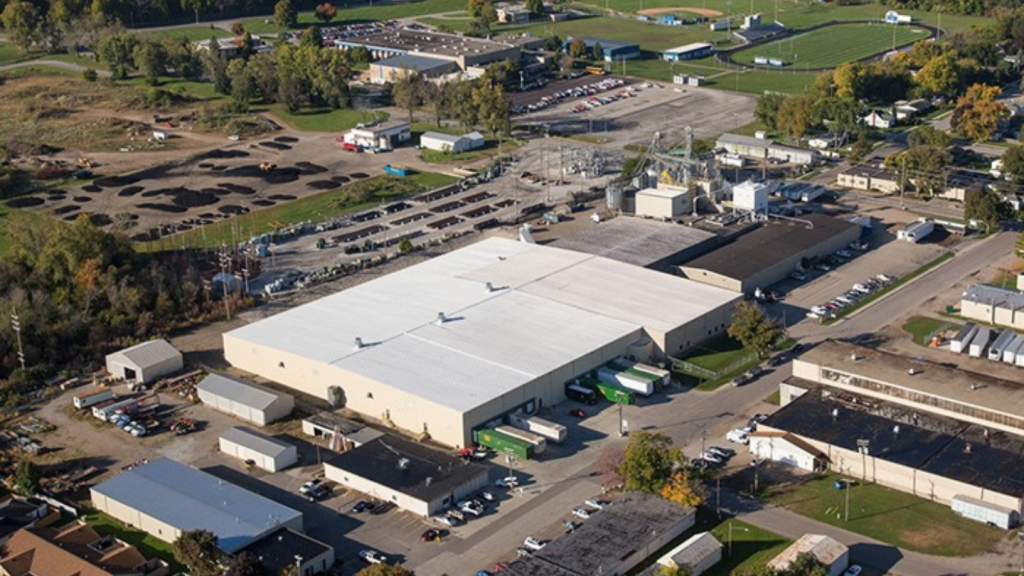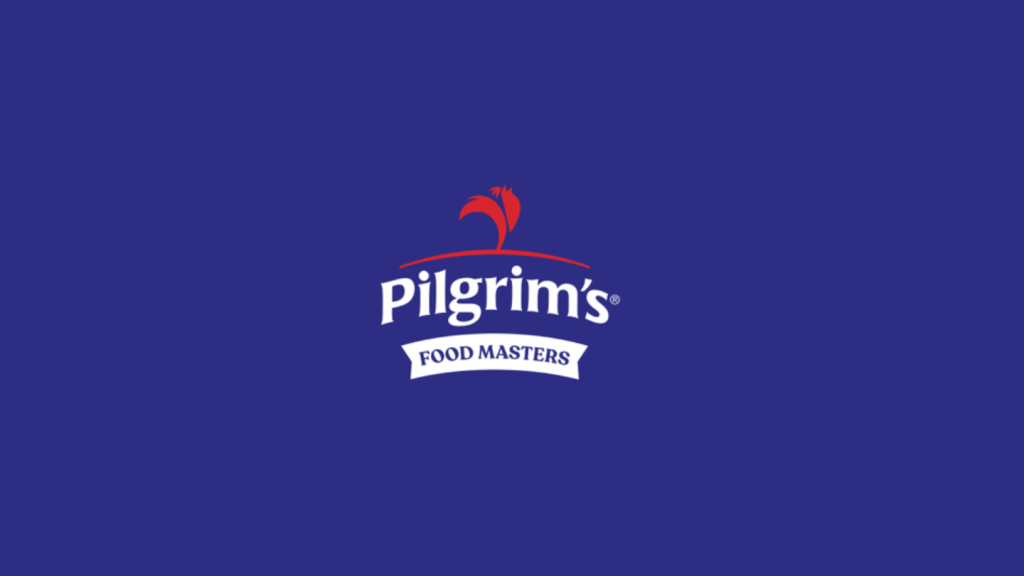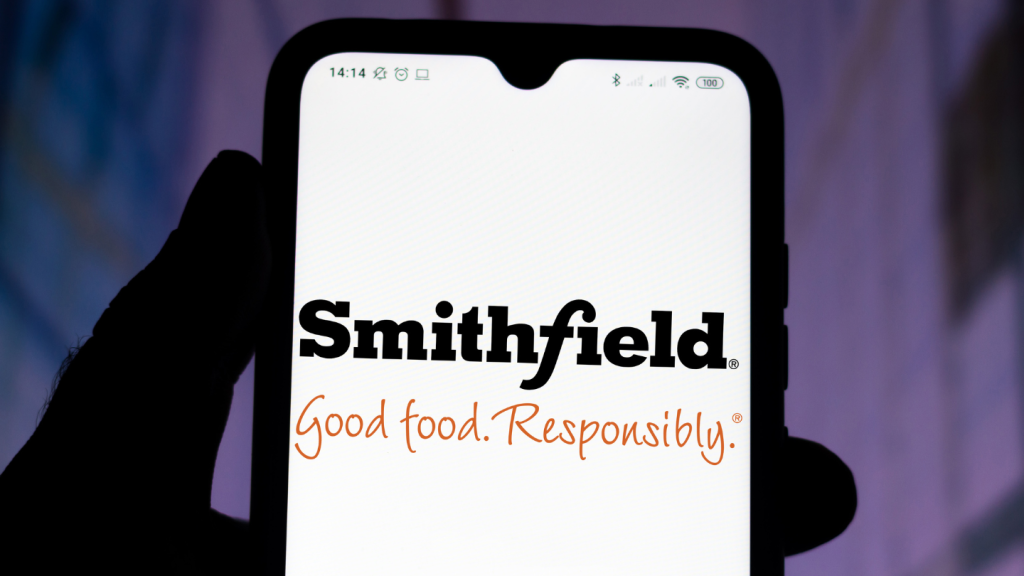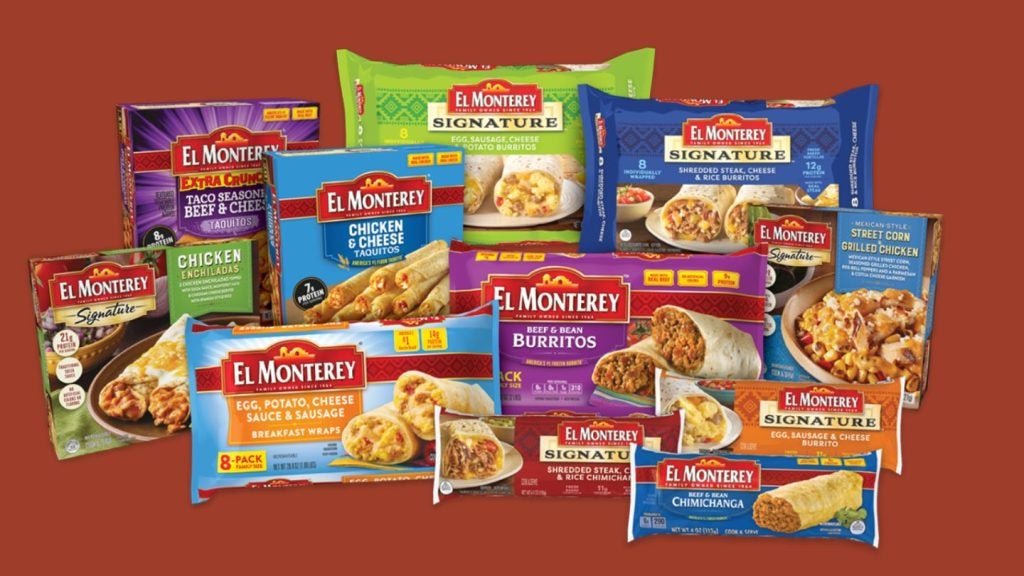JM Smucker anticipates the recently acquired Hostess Brands sweet baked snacks business will help deliver a rebound in top-line sales growth.
The deal for the Twinkies and Ding Dong’s cake maker was completed in November last year, so only made a partial contribution to Smucker’s annual results for the 12 months to 30 April, when group reported sales fell 4% to $8.2bn.
With Hostess Brands added to Smucker’s portfolio of Jif peanut butter, Uncrustables handheld sandwiches, pet food and coffee, the company guided to a growth rate of 9.5% to 10.5% for the 2025 financial year.
Discussing the 2024 results, CFO Tucker Marshall said Hostess Brands will make a 9% contribution to top-line growth in the new year, equating to around $1.4bn.
The first couple of quarters will start off “flattish to slightly up” before Hostess sees “some continued growth year-over-year or quarter-over-quarter,” he explained yesterday (6 June).
In prepared remarks before addressing analysts, president and CEO Mark Smucker said: “Reported net sales will be up approximately 10% at the mid-point of our guidance range. This growth will be supported by a full year of sales from the Hostess acquisition and the continued momentum of our brands, including favourable volume/mix growth for the total company.”
Challenges, however, will include a one-percentage-point impact from a reduction in contract manufacturing related to last year’s disposal of some pet-food brands and a further 1% loss from the divestiture of the Sahale Snacks and Canadian condiments businesses.
Smucker’s comparable or organic sales for the new year are targeted in a range of 1.5% to 2.5%, a mid-point of 2% but with an upper threshold of 3%. Marshall said the business will still generate $50m from stranded revenue from the pet food co-man business but down from $136m in 2023.
The guide for the new year would still be below the 8% comparable growth print recorded in the 12 months ended in April.
Marshall explained the maths behind the guidance range: “We’re demonstrating comparable growth of 2%. Inclusive in that 2% comparable growth year-over-year, is a one-point contract manufacturing headwind - we really see base business growth around 3%, and within that, we’re seeing two points coming from volume/mix and one point coming from pricing.”
Nevertheless, Mr Smucker suggested Hostess Brands fell short of expectations last year.
“We are, overall, pleased with the progress of the integration and our performance in the market, even though net sales and profit were slightly below our expectations.
“The Hostess brand gained volume share in the quarter, and long-term snacking trends continue to be favourable, providing tailwinds for our business.”
Robert Moskow, a consumer goods analyst at US investment bank TD Cowen, has doubts about the achievability of a 3% organic target in 2025.
“Guidance for 3% organic growth (excluding the pet contract exit) seems aggressive to us given decelerating retail trends and given it depends so heavily on an inflection in coffee and Hostess, both of which were weak versus expectations in 4Q,” Moskow wrote in a research note.
“By our reckoning, Smucker would have to deliver a higher growth rate than any large-cap US food company in our coverage over the next 12 months to hit its 3% target. One of its closest peers, General Mills, has already signalled something closer to 1-2%.”
Moskow was presumably alluding to comments made by General Mills’ chairman and CEO Jeff Harmening at an AllianceBernstein event last week.
“I think we’ll see a steady improvement in volumes over the course of the year in a pricing environment that’s going to be challenging [and] also an inflation environment that’s not going to be particularly high either,” Harmening said.
“That'll put a little bit of pressure on our long-term sales algorithm. I’d love to say that we're going to get back to our long-term sales algorithm of 2% to 3% top-line growth next year, but given the gradual improvement I would see in volumes, I think that's going to be a little bit tough to come by.”


